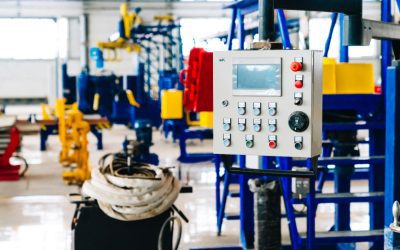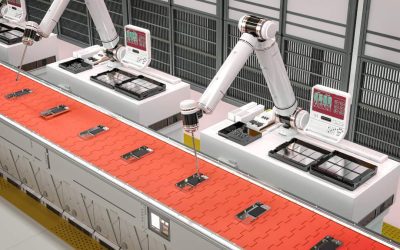Determining manufacturing ROI isn’t always straightforward; however, it can be essential to support decisions relating to the introduction of automation into processes and systems.
There is no denying that automation is a big investment.
As such, evaluation of the ROI is key to a clear unbiased understanding of your operation’s existing financial situation and your current costs vs. your current sales. Businesses need to examine operational usage, current labour hours for set processes and tasks, volumes, outputs, etc.
This information is required to allow you to look at ROI objectively with predictions for future savings and future revenue incorporated into the equation.
It’s also important that you consider the business’s strategic direction. Identifying where operations could be smoother, could automation allow you to offer a faster service? Support Health and Safety and even geographic growth?
- Are you looking for productivity gains?
- Improvements to your bottom line?
- A reduction in waste or an improvement in the consistency of products?
(Make sure to check out “Is now the to invest in automation” to find out more).
ROI and Automation
Different companies take different approaches to determine ROI and investment in automation.
For example, one approach looks at conducting a thorough cost analysis based on operations and risk assessments and calculating ROI based on the net gain you will see from the transition, i.e., what value will automation add to your business? Divide this by your net investment, and you’ll reach your ROI.
In this scenario, ROI in automation is the savings gained by replacing manual, repetitive tasks and processes with automated processes, where ROI = savings – investment.
Of course, calculating ROI can also include looking at investment as a % of profits. The analysis looks at the higher the volume and, therefore, manual labour required, the more automation becomes an attractive investment.
There are several contributing benefits to automation that we can quantify with a value placed on them, adding to the value of automation investment, matching the process against the benefits automation can bring, including:
- Competitive advantage
- Improved quality
- Reduced waste etc.
Ultimately, you can calculate direct cost savings by determining the cost of automating a process compared to the cost of the manual or semi-automated process.
Taking this further, you can then begin to look at how many labour hours you have freed up, which can apply to more productive and value-driven work – the value of returned hours.
What is the revenue potential – A look into your ROI forecast
Is now the right time to introduce automation?
ROI for automation = cost savings / Investment cost
Cost savings focus on reducing the number of employees (hence salary costs) carrying out the process/task you’re looking to automate.
This reduction in labour costs creates savings while maintaining production levels, even enabling them to increase.
This is where we can also look at soft ROI where the benefits and value in automation include:
- Employees reallocated to higher-value tasks.
- Savings generated on floor space (ideal for new product development areas).
- Reduction in the need for training.
- Reduction in production damage.
Volume is the key driver for automation
For example, you might currently outsource your manufacturing due to initial start-up costs and not having the equipment in-house. However, with volumes increasing and labour costs and outsourcing costs increasing, as a result, there comes the point when investing in automation and bringing manufacturing back in-house is the next logical step.
We typically base this rationale on ongoing cost on ROI = increasing labour costs – fixed costs for automation/capital cost of automation equipment.
Investing in new technology boosts productivity
There are many benefits to process automation, including:
- Increased efficiencies
- Stability of production
- Product output increases
- Customer loyalty
- Reduction in errors.
Automation can be scaled, expanding automation over time, with the value of automation driving new agile and flexible workflows, where all parts are optimised.
It is an investment in growth, development, sustainability, and competitiveness.
With the introduction of automation optimising lead times, reducing wasted hours, increasing throughput, and growing revenue, make now the time to speak to the experts at Innomech where we can design, develop, and produce bespoke automated manufacturing processes that improve business agility and flexibility. No longer do you have to suffer from a lack of available human resources and technological rigidity.
Discover how your ROI can determine if you’re ready to automate manufacturing by contacting us today.




